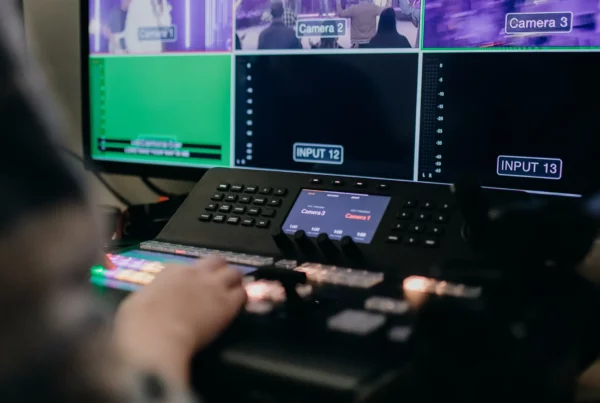Millennial donors seek the truth before opening their virtual wallets. This generation is changing philanthropy, according to Forbes. Millennials will be the largest demographic in the American workforce by 2020, but how can you get their attention? Live video makes a difference because it connects real time donors with real time mission in action. If you work for a nonprofit that is actively living out its purpose, then recognition is important. Live streaming ensures that its works garner the attention that is deserved.
If a donor does not know about the works, then fundraising is essentially impossible. There was a time that a proposal attached with a few images could move a potential influencer to become a donor. However, now millennials want more. They want to understand the cause so they can measure their impact. One way of connecting with young donors is through live video. The live streaming of programs allows the nonprofit to convey what is important without fluff. Live video cuts beyond the surface and gets to the core of the mission.
Millennial Donors and Fundraising

Millennial donors want to create change in the world. They want their dollars to count; therefore, they want to have all the information upfront. In the world of technology and transparency, millennial donors still want the “feel good” story. However, that is not enough to inspire a generation to move towards philanthropy.
Also, because more and more millennials are returning to the nest to save money, traveling the world, making a living on their laptops, while traveling or simply opting out of traditional careers, their money is more precious. They spend, and they donate. However, millennial donors are careful about where their money goes.
Go Where They Are

Because millennials are on their phone watching videos, especially Instagram and Facebook live, it would make sense to capitalize these live platforms. If a nonprofit gets the attention of a potential donor, then the trick is to hold onto it. If you hold on long enough, you’ll have the opportunity to spread your mission and inspire, which can lead to donations.
Showing Innovation

Why does this matter? It’s important because when you are live streaming as a nonprofit, you should be equipped to deliver your content to as many people as possible. The more people who have access to your content, the higher the probability of successful fundraising. If you are not technologically savvy and it shows in your work, potential millennial donors may view you as unpolished, unprofessional or very green. Sometimes, people like to donate to causes that need a lot of support. However, more tend to gravitate towards well-oiled machines because they offer a guarantee.
Measuring Impact with Millennial Donors

If you have a donor who is an influencer on social media or someone who enjoys live streaming, you could have a joint live between the nonprofit and the donor. This would serve as a fundraising endorsement, allowing potential donors to feel more confident about the nonprofit. It is not enough to only show a real life program success story. Potential donors want to know that they would be taken care of, treated respectfully and able to support the organization to the best of their ability. The best way to convey this is through live donor chats.
Straight from the Horse’s Mouth

If you’re a development professional, then live video should be at the top of your list when it comes to marketing. Direct mail, online campaigns and text-to-donate may be necessary features depending on your audience. However, live video is an undeniable strategy that is almost as effective as a live person meeting. If you want results, then you incorporate live streaming in not only your programming but your development efforts for raising funds.






 This project has received funding from the European Union’s Horizon 2020 research and innovation programme under grant agreement No 876239, 959379 & 965502.
This project has received funding from the European Union’s Horizon 2020 research and innovation programme under grant agreement No 876239, 959379 & 965502.
